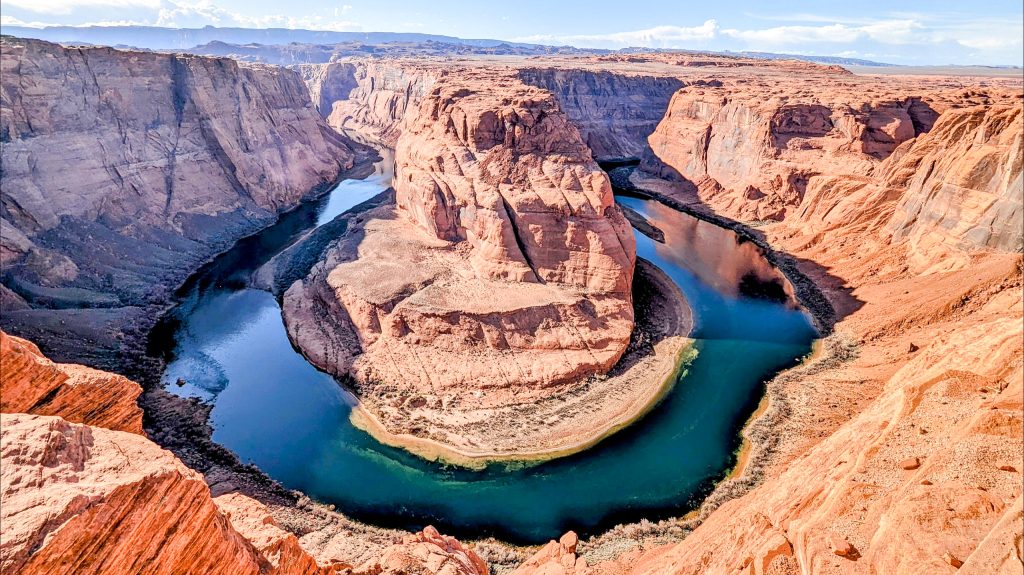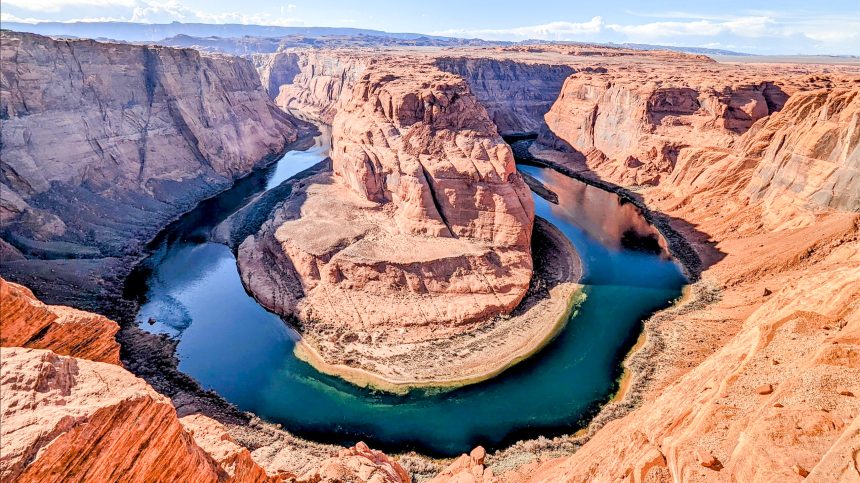Colorado River Proposal
By Ken Ritter, Amy Taxin and Suman Naishadham
LAS VEGAS (AP) – Facing the future with a dwindling Colorado River supply and intense pressure from the federal government, Arizona, California and Nevada have offered a plan to cut their water use significantly.
The proposal announced Monday isn’t final. It calls for cities, irrigation districts and Native American tribes to accept federal money – and in some cases volunteer – to use less water over the next three years.
The 3 million acre-feet that the states have proposed cutting through 2026 amounts to about 10% of their collective water allocation. An acre-foot is enough water to serve two to three U.S. households a year.
To compensate water users for the cuts, the Biden administration plans to spend about $1.2 billion.
The river that courses through the U.S. West serves 40 million people with drinking water, as well as water for irrigation and hydropower.
The watershed deal broke a stalemate that could have swept the seven states that rely on the river into expensive and lengthy legal fights, though the amount of water offered falls short of what the federal government sought last June.
The plan comes after mandatory and voluntary cuts. It aims to conserve an additional 1.5 million acre-feet by the end of 2024.
California is entitled to 4.4 million acre-feet of water per year, Arizona to 2. 8 million acre-feet and Nevada to 300,000 acre-feet.
WHAT DOES IT MEAN FOR CALIFORNIA?
California has committed to conserving 1.6 million acre-feet of water under Monday’s agreement – which is about half of the total.
The Imperial Irrigation District, which provides water to the crop-rich Imperial Valley in southeastern California, is the largest single recipient of the river’s water. The district will work on a pilot program where farmers would turn off their water for 60 days on forage crops like alfalfa to save water during hot summer months, said JB Hamby, a district board member and chair of the Colorado River Board of California.
That might affect dairy farmers, but farmers, their workforce and consumers wouldn’t see a major hit, he said.
Another key recipient of river water is the Metropolitan Water District of California, which provides water to 19 million people in six counties, including Los Angeles.
The district is benefitting from a winter that battered the state with storms, leaving California awash with water for the first time in several years. Metropolitan will turn to other sources of water and leave about 250,000 acre- feet in Lake Mead this year, said Bill Hasencamp, the district’s manager of Colorado River resources.
The district also typically pays a nearby farming district to fallow land in exchange for about 130,000 acre-feet of water a year. Under the plan, the district would instead let the federal government buy that water.

For More Local Environmental News Visit www.zapinin.com.



Muchas gracias. ?Como puedo iniciar sesion?